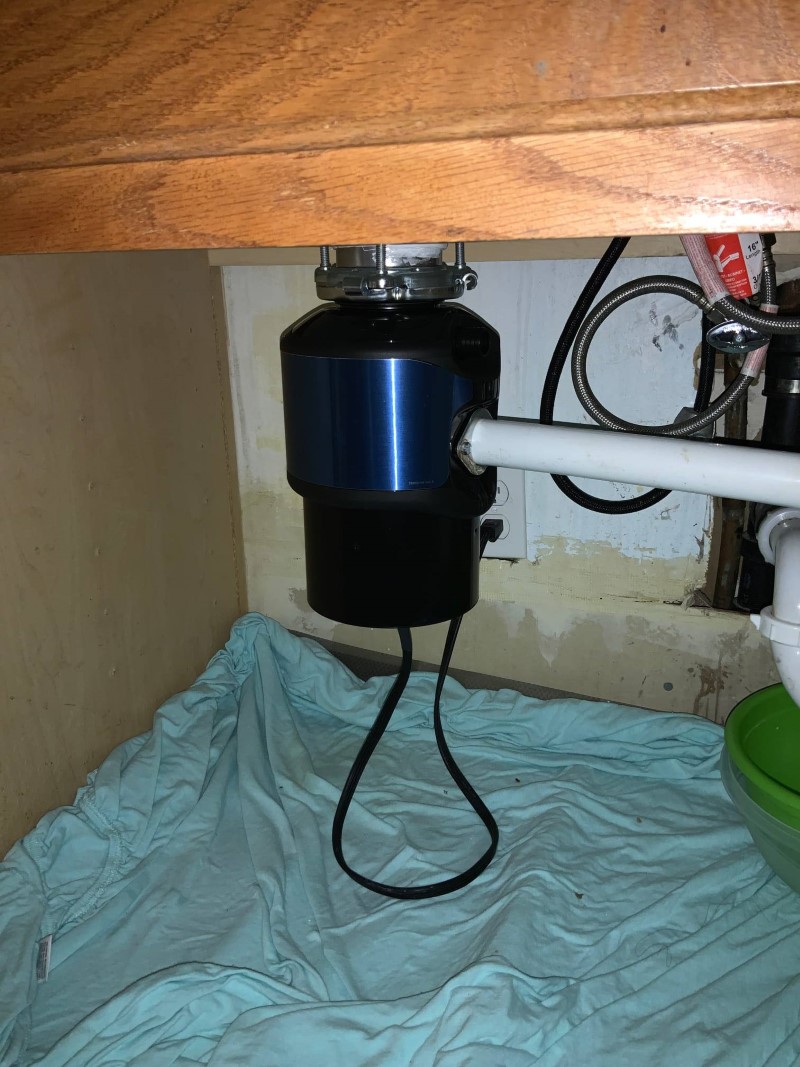Straightforward Techniques for Repairing a Leaky Garbage Disposal
Straightforward Techniques for Repairing a Leaky Garbage Disposal
Blog Article
Were you on the lookout for know-how on Tips on Fixing a Leaking Garbage Disposal?

Waste disposal unit are crucial kitchen home appliances that help in taking care of food waste effectively. However, a leaking garbage disposal can be an aggravating and messy issue to manage. The good news is, several leakages can be fixed easily with a couple of easy actions. In this post, we will go over exactly how to repair a dripping waste disposal unit successfully.
Intro
Garbage disposals are installed under cooking area sinks and are developed to shred food waste right into smaller sized pieces, allowing it to pass through the pipes system easily. While these devices are usually reputable, leakages can take place gradually as a result of wear and tear, loosened links, or damage to the system.
Step-by-Step Overview to Repairing a Leaking Waste Disposal Unit
Switch off the Power
Before attempting any type of fixings, make certain that the power to the garbage disposal system is switched off to avoid the risk of electrical shock.
Situate the Leak
Identify the specific place of the leak and figure out the reason
Tighten up Connections
Make use of a wrench to tighten up any loose links between the disposal system and the pipes system.
Replace Seals or Gaskets
If the leakage is due to worn seals or gaskets, remove the old elements and replace them with brand-new ones.
Patching Cracks or Holes
For cracks or openings in the disposal unit, use epoxy or an appropriate patching material to seal the broken location.
Recognizing the Source of the Leak
Prior to trying to deal with a leaking garbage disposal, it is important to recognize the source of the leakage. This can normally be done through visual examination or by performing straightforward examinations.
Visual Inspection
Inspect the waste disposal unit unit meticulously for any type of indicators of water leakage. Pay attention to areas around seals, gaskets, and link points.
Evaluating for Leakages
One means to check for leakages is by running water through the disposal system and looking for any kind of visible signs of leakage.
Common Root Causes Of Leakages in Waste Disposals
Worn Seals and Gaskets
Seals and gaskets play a critical duty in preventing water from dripping out of the garbage disposal. With time, these elements can weaken, resulting in leaks around the disposal device.
Loose Connections
The links in between the garbage disposal and the plumbing system can come to be loose gradually, causing water to leakage out during procedure.
Splits or Openings in the Disposal Device
Physical damages to the garbage disposal, such as splits or holes in the housing, can additionally lead to leakages.
Devices and Products Needed for Fixing a Dripping Garbage Disposal
Prior to starting the repair procedure, gather the necessary tools and products, consisting of a screwdriver, adjustable wrench, plumbing professional's putty, substitute seals or gaskets, and epoxy or patching material for repairing splits or holes.
Examining the Waste Disposal Unit After Repair
When the repair work is total, test the waste disposal unit by running water via it to guarantee that the leak has actually been settled.
Preventive Upkeep Tips to Stay Clear Of Future Leaks
To prevent future leaks, it is important to perform regular upkeep on your garbage disposal. This consists of maintaining it tidy, preventing putting non-food products or tough items down the disposal, and periodically looking for leaks or other concerns.
Conclusion
Finally, fixing a leaking garbage disposal is a relatively simple process that can be finished with fundamental devices and materials. By complying with the actions detailed in this article and practicing precautionary maintenance, you can keep your waste disposal unit in good working problem and avoid expensive fixings in the future.
What to Do About a Leaking Garbage Disposal
A leaking garbage disposal often goes unnoticed until you confront a sopping cabinet, a foul-smelling puddle, or an audible drip-drip-drip from the unit. The fix can be frustrating, too, because the leak can stem from a number of components in the system. Fortunately, with a little sleuthing, you can zero in on the leak and—depending on the exact location—stop the icky oozing and repair the component that caused it. Worst case scenario, if it turns out that the garbage disposal must be replaced, installing a new one is a reasonable do-it-yourself task for those with basic plumbing skills. Read on to keep the cash you’d otherwise hand over to a pro.
Prepare to find the leak
Prior to testing the garbage disposal for leaks, unplug it at the wall outlet and turn off the power from the breaker box to prevent electrical shock. Then insert a watertight sink stopper into your sink drain and wipe the unit dry with a clean cloth. In any handy container, mix a few drops of food coloring into a few cups of water, and pour the dyed water onto the sink stopper to help you locate the leak.
Investigate the source
the top, where the disposal meets the sink drain the side, where the dishwasher hose or main drain pipe connects to the disposal or the bottom of the unit Inspect each of these locations while gliding a light-colored rag over the unit; the dyed water will readily show on the rag and reveal the location of the leak. If a leak isn’t immediately apparent, remove the sink stopper and pour a few more cups of dyed water down the sink drain, then check for leaks again. Leaks near the top of the unit are more likely to show themselves while the sink is plugged, while side and bottom leaks are more noticeable while the sink is unplugged.
The metal sink flange that sits directly inside the sink drain is typically sealed around the top with plumber’s putty (a clay-like sealant) and then secured from under the sink with bolts. If the plumber’s putty deteriorates, or the bolts loosen, the flange can no longer form a watertight seal between the sink drain and the disposal—which could cause a leak at the top of the unit.
To reseal the leaky flange, you must first detach the garbage disposal. Start by loosening the screws securing the main drain pipe to the disposal, then loosen the screws in the metal clamp securing the dishwasher hose to the disposal and detach the drain pipe and dishwasher hose from the disposal. Loosen the screws in the mounting ring that connects the disposal to the metal mounting assembly beneath the sink, then pull down the disposal and carefully set it on a clean, dry surface. Loosen the bolts in the mounting assembly with a wrench, then pull down the mounting assembly and set it near the disposal.

As a passionate person who reads on The Handy Guide To Fixing Your Garbage Disposal Leaking, I thought sharing that piece of content was appropriate. For those who liked our page if you please make sure you remember to share it. Many thanks for your time. Don't forget to come visit our site back soon.
Booking Report this page